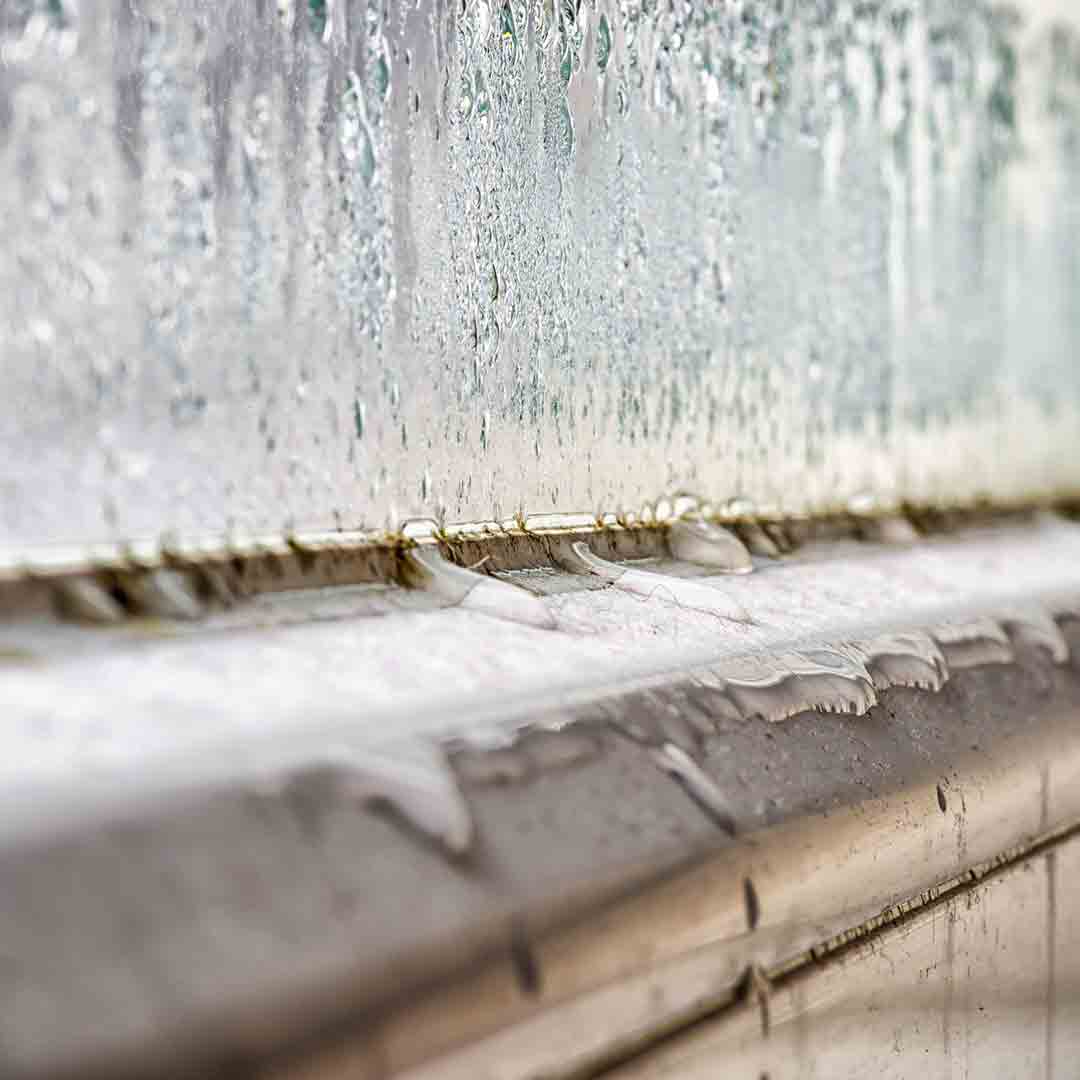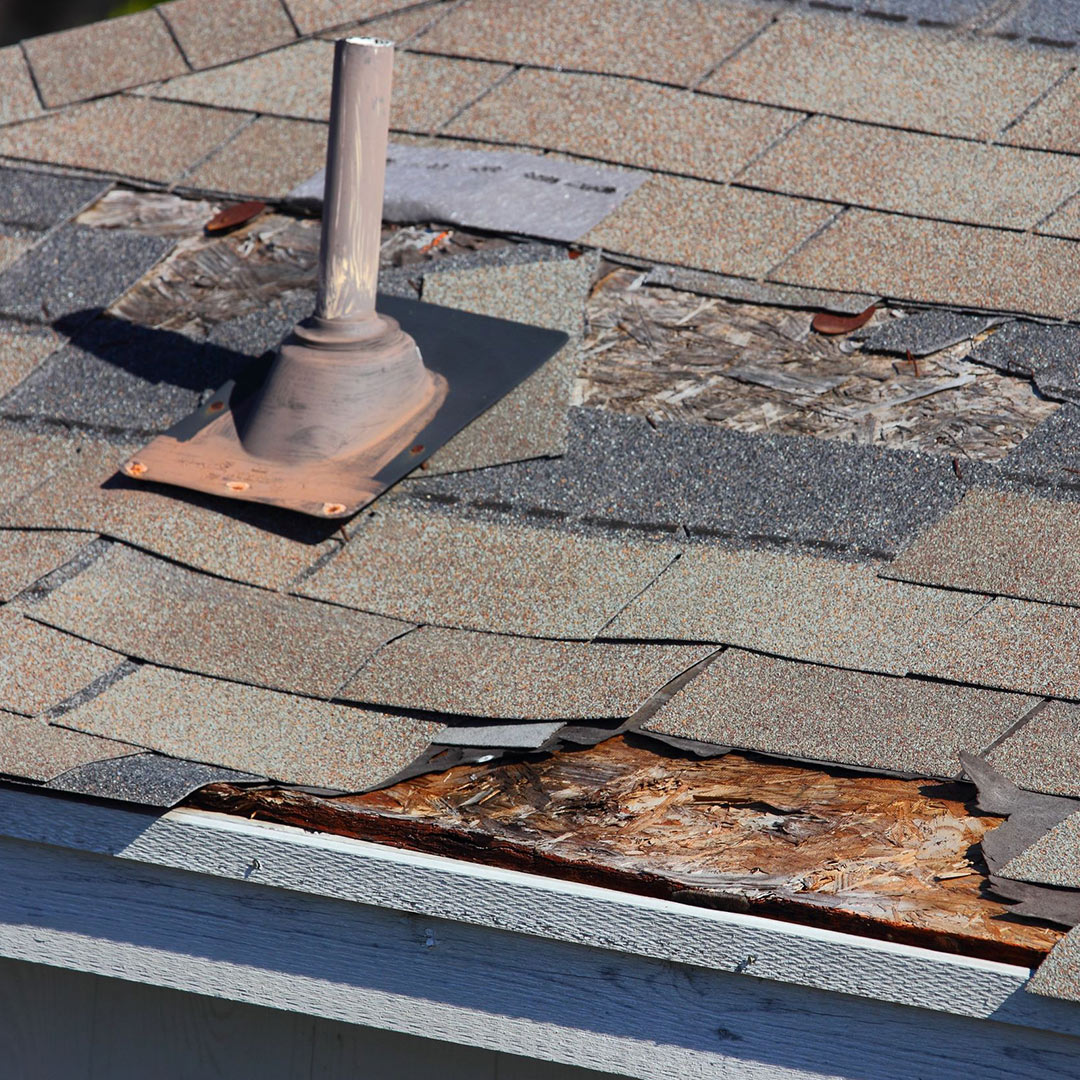How To Prevent Moisture Damage in Your Home
You know how the saying goes—April showers bring May flowers. As temperatures begin to warm up and the rain starts rolling in, we’re finally rejoicing the arrival of spring. However, you might not be rejoicing so much if your attic springs a leak or you discover moisture damage on your interior walls. Around 14,000 homeowners are impacted by water damage every day! The good news is that there are plenty of ways to keep the inside of your home nice and dry. We’ll show you how to prevent moisture damage in your and how you can prevent leaks.
Prevent Moisture Damage in Your Home from Water Getting in Your Windows
While windows are excellent for ventilation, they can allow drafts and moisture into the home if you aren’t careful. A lot of moisture-related issues boils down to installation and elements of the window wearing down. Improper installation can leave gaps where rainwater can easily make its way inside. Suddenly, an innocent spring shower can have you paying for repairs.
These are a few of the most common access points:
- The window frame
- The sill
- Where the glass meets the frame
It’s important to know that a leaking window doesn’t necessarily mean that there is something wrong with the window. Sometimes this can signify structural issues with home design, such as improperly angled fascia board above the window.
In the best-case scenario, leaking windows might be a maintenance issue. By simply replacing the weatherstripping or caulking, this can quickly stop moisture damage in its tracks. If old caulking turns out to be the culprit, be sure to replace with silicone caulking. This is a waterproof caulking option and will not damage from rainwater.
The worst-case scenario is that the moisture damage is so severe that it damages the internal wall. This can result in wood rot if the problem goes undetected for long periods of time.
To prevent moisture damage, periodically inspect weatherstripping and caulking. You’ll also want to check on the window locks to make sure they are keeping the window closed tight. Something as simple as the window coming unlocked and the sash raising can allow moisture into the home.
If you suspect that there is major water damage inside of the window frame, a replacement window company can help correct the situation.

Prevent Moisture Damage in Your Home From a Leaky Roof
A leaky roof during a rainstorm is one of the top headaches of homeownership. However, this is easy enough to happen if the conditions are just right—or wrong, depending on how you look at it.
Unfortunately, a leaky roof can cost hundreds if not thousands of dollars in repair damage. Rainwater can settle on rafter beams and eventually cause rot if the problem is neglected. It can even cause damage to the flooring in the attic and eventually cause water stains on the interior ceiling.
Where does rainwater enter the home through the roof?
- By bypassing old and deteriorating shingles
- Through roof vents that are improperly sealed
- Slopes that are too shallow, which pushes rain underneath the shingles
- Debris buildup
- Holes in the roof
- Missing shingles
These are only some of the areas where rainwater can find its way into your home through the roof. It’s important to stay on top of the health of your roof to prevent leaks, and you can prevent leaks by doing the following.

Inspecting Your Roof for Leaks
If you’re suspicious that your roof is leaking, there are several ways to find out. Aside from the obvious water dripping from the ceiling, these are a few clues to look for:
- Water stains on the ceiling. These are often brown or yellow.
- Discoloration on walls that may appear the same as water stains on the ceiling
- Mold on the ceiling or walls
- Missing shingles
- Debris in your gutter system or downspouts
- Water on rafter beams in the attic
Once you spot signs of a possible roof leak, it’s time to take action. Pushing the problem to the backburner will only result in additional moisture damage and higher repair bills.
If shingles are missing on the roof, you’ll want to have these replaced as soon as possible. However, if the condition of the entire roof is deteriorating, roof replacement should be a top priority project for spring home improvement. If your roof is 25 years or older, you should also consider replacement.
If rainwater is making its way through the roof vents, be sure that these are properly sealed to prevent moisture damage. An underlay material can help correct bad slopes that may be driving water under the shingles. If debris is compiling on the roof, make it a priority to remove it so it doesn’t obstruct waterflow.

Prevent Moisture Damage in Your Home from Rain Leaking Through an Entry Door
We don’t think about rainwater coming through our front door, but this is another area that can cause trouble with moisture damage. If rain is leaking through the door, you will find water in areas such as the wall, the floor, and the door itself.
The door may leak in one of the following areas:
- The bottom of the door where the threshold is located
- The seam between the door and the frame
- Rain coming through the window unit on the door
If water is making its way under the threshold, it may need to be adjusted to further block out water and drafts. Even if the area under the door is uneven, a properly-fitting threshold will keep rainwater out of the home
When the leak is coming between the seal of the door and the frame, apply new self-adhesive weatherstripping to this area to block out rain.
If rain is coming through the window unit on the door, this may indicate seal failure. Depending on the warranty terms, it’s best to contact the door manufacturer concerning this problem.

Replacement products can help keep the home dry through every season. If you’re having trouble with old windows, doors, roofing, and siding, UWD can provide quality replacement products at a great value.

